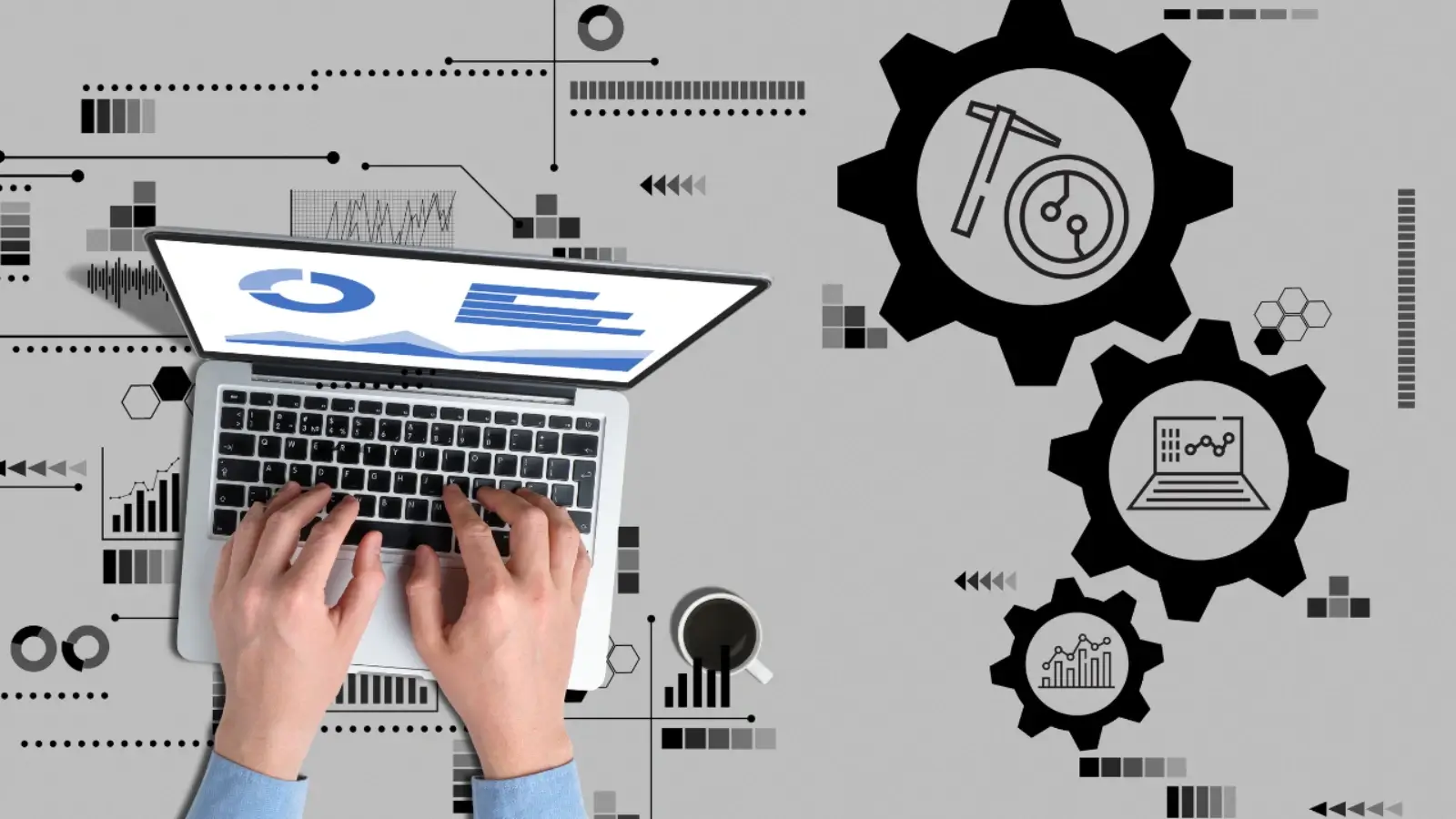


If you're wondering how to keep your equipment running longer while cutting down on surprise breakdowns. Every maintenance manager, facility supervisor, and operations leader faces the same challenge: how to keep things running smoothly without spending more time and money than necessary. That's where a CMMS comes into play. But what does CMMS really mean—and why should you care?
If you've heard the term thrown around and never fully understood it, or if you're evaluating maintenance software and want to make a smart investment, you're in the right place. In this post, we'll break down the CMMS meaning, how it works, and why it's a game-changer for businesses of all sizes.
The term CMMS stands for Computerized Maintenance Management System. It offers software features to manage and arrange all the needs of maintenance. All your regular tasks, work orders, monitoring maintenance items and asset reviews are managed easily with a CMMS.
Basically, a CMMS helps maintenance staff reduce breakdowns, stop expensive repairs from happening, and improve their day-to-day efficiency by addressing issues before they grow into problems.
Consider a CMMS as a virtual maintenance helper. As soon as you have established the framework, the following tasks start:
Creates and manages preventive maintenance schedules
Assigns tasks to technicians
Stores asset history and documents
Tracks spare parts inventory
Sends reminders and updates in real-time
All these tasks take place in one place, which can be accessed on any desktop or mobile device. It takes away the need to handle piles of paper, outdated spreadsheets, or old systems. The team is always aware of their tasks, the schedule, and the tools they should have.
When equipment fails unexpectedly, it not only interrupts operations—it eats into profits. A CMMS helps eliminate these surprises by keeping maintenance proactive. Here's how:
Boosts Equipment Uptime: Scheduled maintenance keeps machinery in top shape.
Reduces Costs: Fewer emergencies mean less unplanned overtime, parts, or replacements.
Improves Safety: With routine inspections, you catch safety hazards before they escalate.
Provides Data for Smarter Decisions: Maintenance history, asset performance, and technician productivity are all trackable in real-time.
Predictive and preventive maintenance strategies—often powered by CMMS platforms—can reduce downtime by up to 45% and cut maintenance costs by 30%.
CMMS software is widely used across industries, including:
Manufacturing
Hospitality
Property management
Healthcare
Education
Government facilities
Whether you're running a single facility or multiple sites, a CMMS can scale with your needs. It's not just for big corporations—small businesses are increasingly using CMMS platforms to stay competitive and efficient.
Not all CMMS platforms are built the same. When exploring options, prioritize features that make your team's job easier. Check if it is a user-friendly interface, mobile accessibility, real-time notifications, asset tracking and history, customizable workflows, work order automation, and inventory and parts management.
According to the U.S. General Services Administration (GSA), well-implemented maintenance strategies using CMMS tools can lead to a 20% reduction in equipment-related energy consumption. This supports the benefit of data-driven maintenance and shows how the right system pays for itself through improved efficiency.
If you're still using paper logs, spreadsheets, or relying on memory to manage maintenance tasks—it's time to upgrade. The earlier you implement a CMMS, the faster you'll start seeing improvements in efficiency, team coordination, and asset performance.
For businesses planning to scale or deal with compliance requirements (like OSHA), a CMMS helps ensure everything is documented, scheduled, and tracked—no more guesswork or missed deadlines.
Understanding the CMMS meaning goes beyond just decoding an acronym—it's about recognizing the value of proactive maintenance. With the right CMMS, you're not only extending the life of your equipment but also boosting productivity, ensuring safety, and creating a more organized work environment.
Maintenance doesn't have to be a headache. A CMMS takes the guesswork out and gives you a clear, trackable, and smart system to manage it all. Whether you're just starting to explore your options or are ready to make the switch, now's the time to put technology to work for your team.